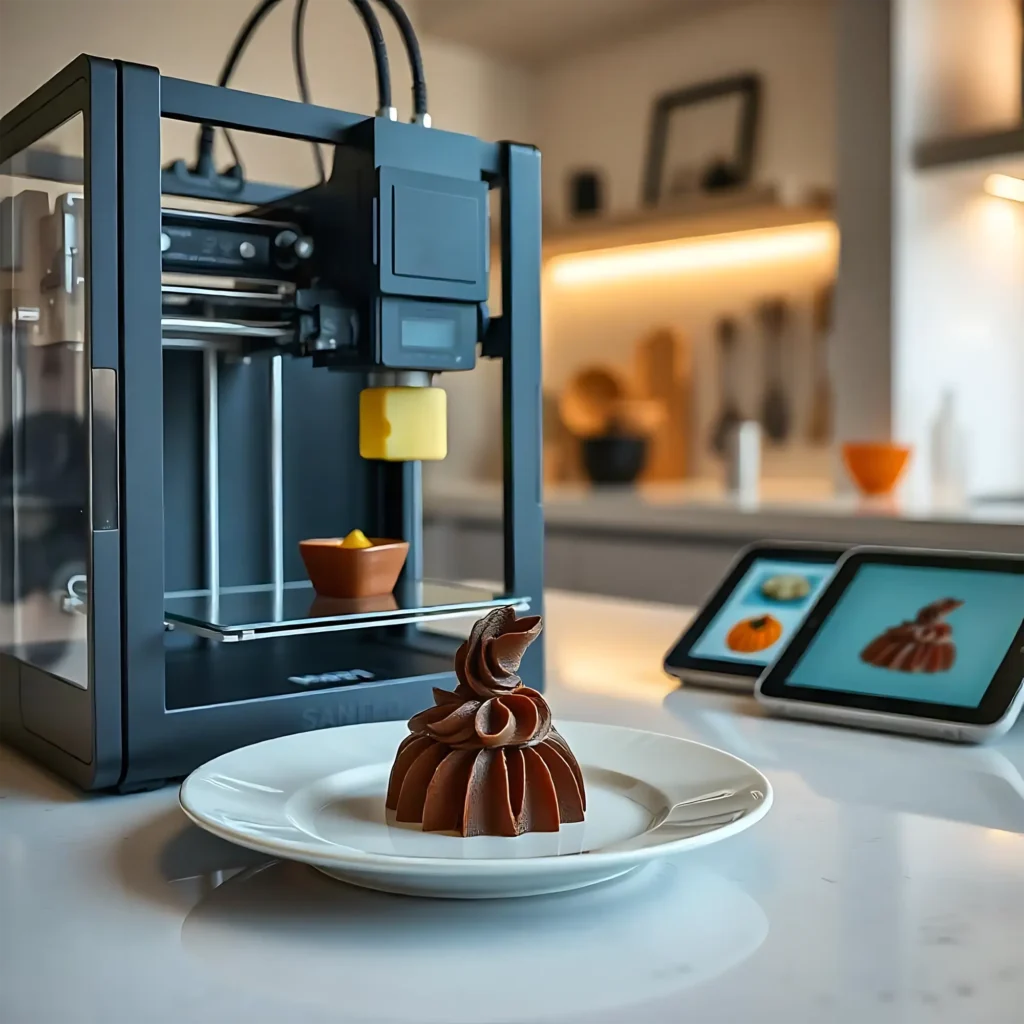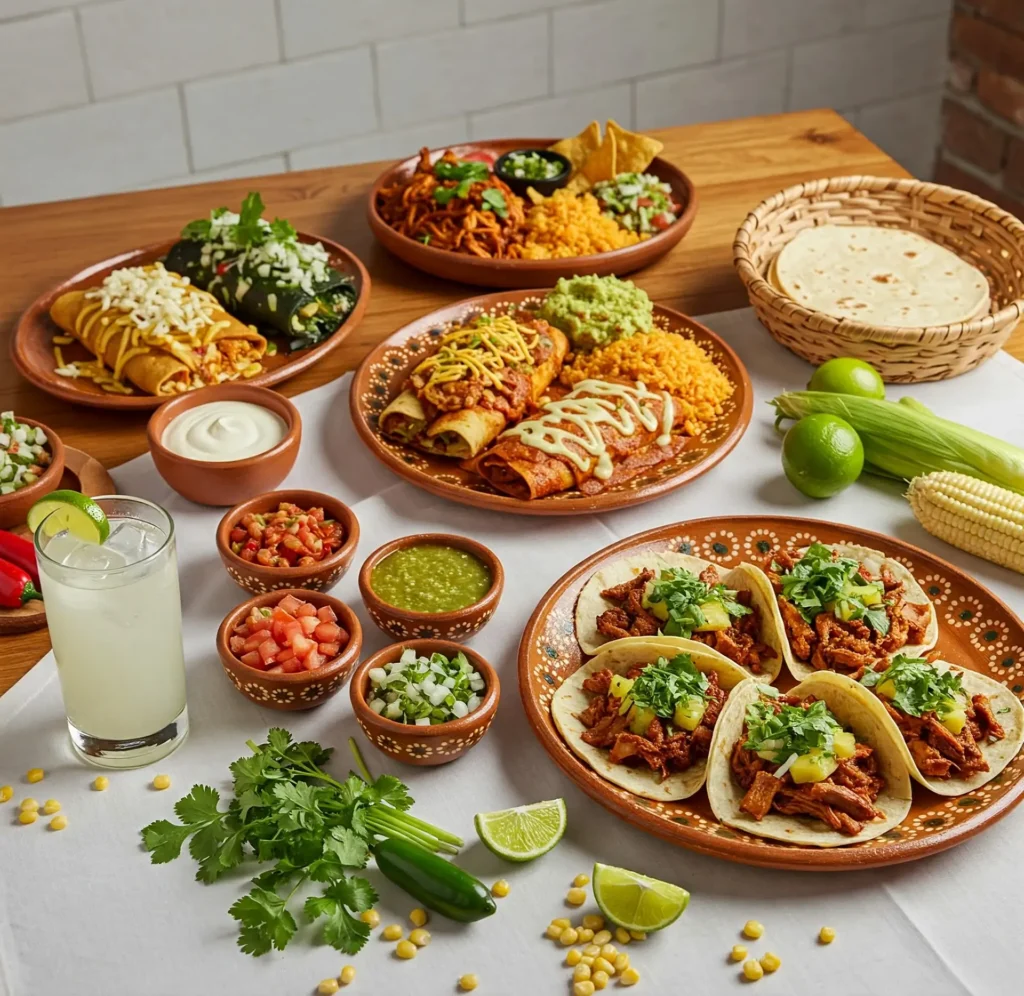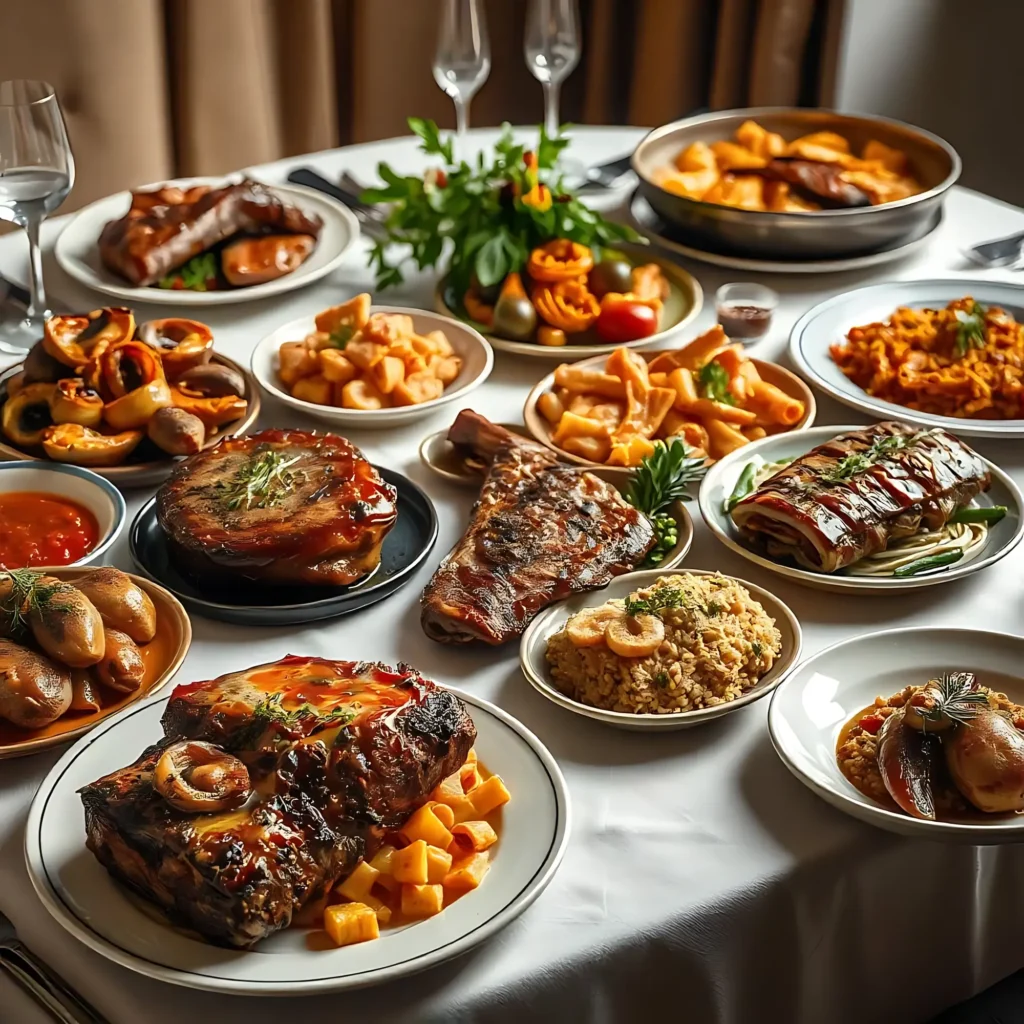The 3D printing food has ceased to be a fantasy futuristic to become a tangible reality. This revolutionary technology, which combines the precision of the 3D printing with the culinary creativity, is transforming the way in which we understand the gastronomy. In this article, we will explore how this innovation is opening up new doors to creativity in the kitchen, their impact on the food industry and the possible implications for the future of food.
What is the 3D Printing of Food?
The 3D printing food it is the process of creating structures edible layer-by-layer through a 3D printer. Unlike the standard print, which uses plastic or metal, the print of foods use ingredients edible, from chocolate to mashed potatoes, and transforms them into complex shapes, and customized. This process is based on the technology additive, which allows to construct objects from a digital design that is then embodied layer-by-layer.
Advantages of 3D Printing in the world of Gastronomy
One of the main advantages of the 3D printing of food is the capacity of customize completely the products. The chefs can now designing dishes with shapes and textures that before could only dream of, without the limitations imposed by the methods of preparing the traditional. In addition, this process allows a pinpoint accuracy, which can be especially useful in the creation of decorations and edible or presentations innovative.
Another significant advantage is the sustainability. With 3D printing, it is possible to optimize the use of ingredients, reducing waste of food. The technology allows the ingredients to be used more efficiently, which could contribute to a general reduction of the ecological footprint of the food industry.
3D printing of Food: Innovation that Revolutionizes the Kitchen
The innovation that 3D printing brings with it not only affects the aesthetics of the food, but also has the potential to change the ingredients and culinary techniques that we employ. Some of the salient advances include:
Creation of Textures and New Flavors
The 3D printing allows an exact handling of the textures and the shape of the food. This opens the door to the creation of combinations of flavors and textures that could not be achieved by traditional methods. For example, the ingredients may be printed in different structures, such as thin layers, areas, or three-dimensional forms, which provides a sensory experience completely new.
Functional foods and Personalized
The ability to customize the food goes beyond the shape and presentation. In the future, 3D printing could allow the creation of functional foods specifically designed to meet nutritional needs of the individual. People with allergies or food intolerances, for example, could benefit immensely from food 3D printed tailored to your specific requirements.
On the other hand, the customization nutritional he is also on the horizon. Advances in 3D printing allow for the creation of food products with precise compositions of vitamins, minerals, and other nutrients, designed to improve the health of those who consume them.
The Future of Food: How A Kitchen Digitized?
The impact of the 3D printing food in the future of gastronomy is deep. This technological advance is laying the groundwork for a kitchen more digitized and accessible. The ability to create food digital opens up opportunities for chefs, restaurateurs and homes around the world. However, the implications go far beyond the domestic sphere.
Transformation in the Industry in a Restaurant
The industry's restaurant is one of the sectors that will benefit from the 3D printing. High-end restaurants are already experimenting with this technology to provide their customers with unique experiences. The print food custom let the chefs design menus with unique shapes and tastes, which captivate audiences of the senses of the guests. In addition, restaurants will be able to streamline your production, increasing efficiency and reducing staff costs and waste.
Food sustainability Through 3D Printing
3D printing has the potential to reduce the wastage of food. By being able to control with precision the amounts of ingredients used, it minimizes the excess, and optimizes the production of food. In addition, the possibility of using ingredients non-conventional, such as vegetable proteins or algae, can be key in the fight against hunger and global sustainability.
As the 3D printing of food advances, this technology could become an essential tool in the production of food in places where resources are limited, facilitating the creation of high-quality food in environments of crisis or in rural areas where the availability of fresh ingredients is reduced.
3D printing and Molecular Gastronomy
The molecular gastronomy, a current cuisine that explores the science behind the food, is favored by the 3D printing. The chefs molecular can use the 3D printing technology to create textures, complex and can only be achieved with advanced scientific techniques. This allows an interaction between the science and the culinary art that creates experiences that are innovative and unique for guests.
What Where you are headed the 3D Printing of Food?
The future of the 3D printing food it is promising and could become a technology that is ubiquitous in the daily life. In the coming years, it is likely that we will see progress even more significant in terms of speed, accuracy, and variety of available ingredients. The creation of food 3D printed it will be increasingly accessible to both professional chefs as well as for consumers at home.
In addition, the 3D printing food not only will change the way we cook, but also how we understand the power. This progress offers the potential to redefine what we consider possible in terms of nutrition, health and sustainability, and could be the answer to some of the most urgent challenges in the world today, as the scarcity of food and the environmental impact of agricultural production is traditional.
Conclusion: The Revolution of 3D Printing in the world of Gastronomy
The 3D printing food is proving to be much more than a fashion technology; is ushering in a new era in the world of gastronomy. With its ability to create food custom, reduce waste and offer dining experiences that are innovative, this technology has the potential to transform the way you cook, eat and think about food.
As the innovation progresses, it is clear that the future of gastronomy is increasingly connected with the digital world. 3D printing not only is redefining the boundaries of culinary creativity, but also offers a practical and sustainable solutions to the challenges of food overall. In this sense, the future of gastronomy is here, and its revolution is just beginning.


